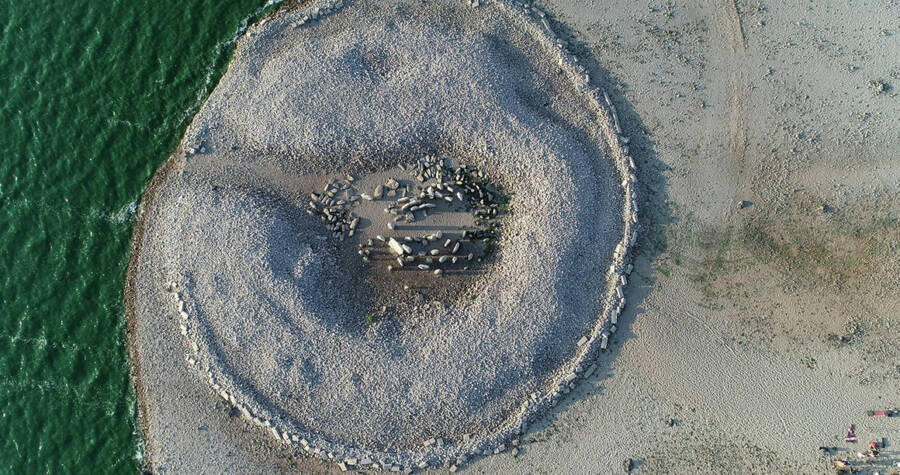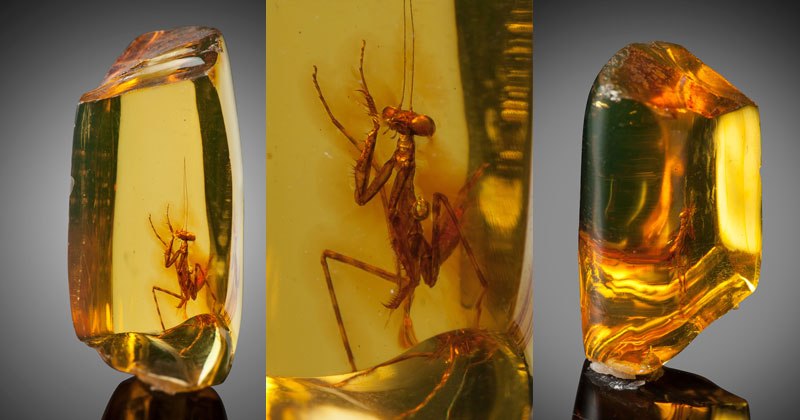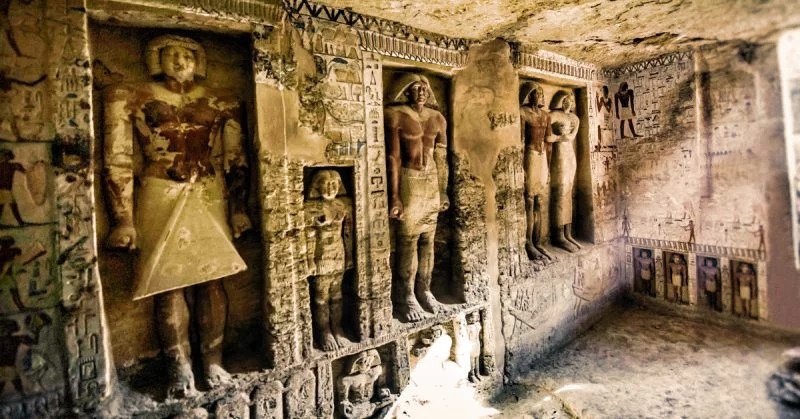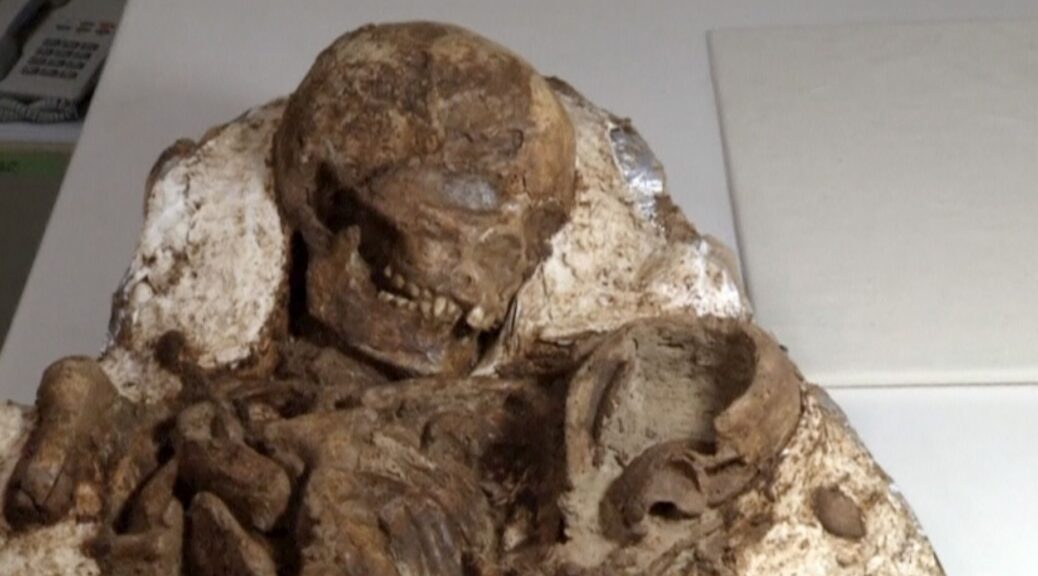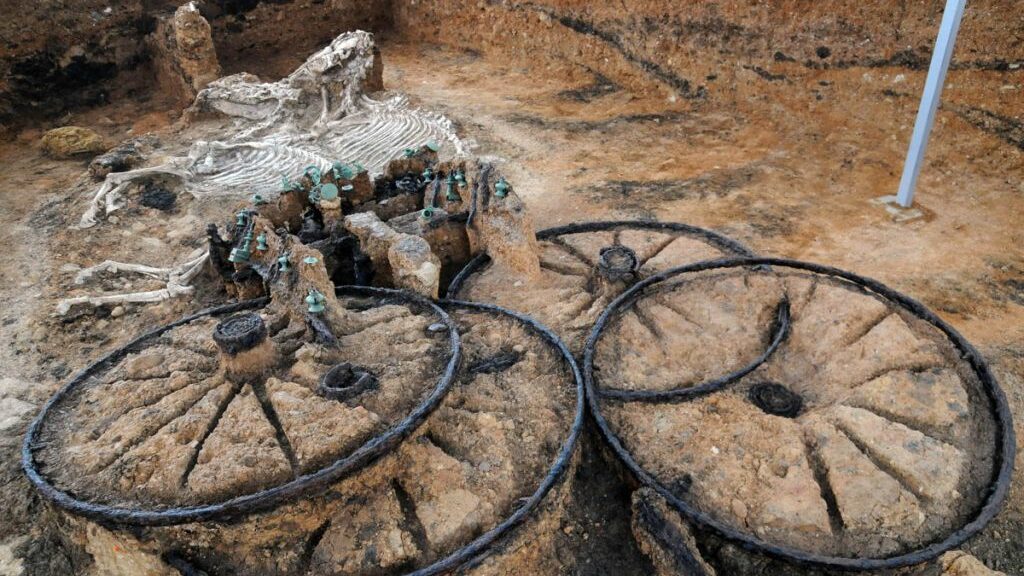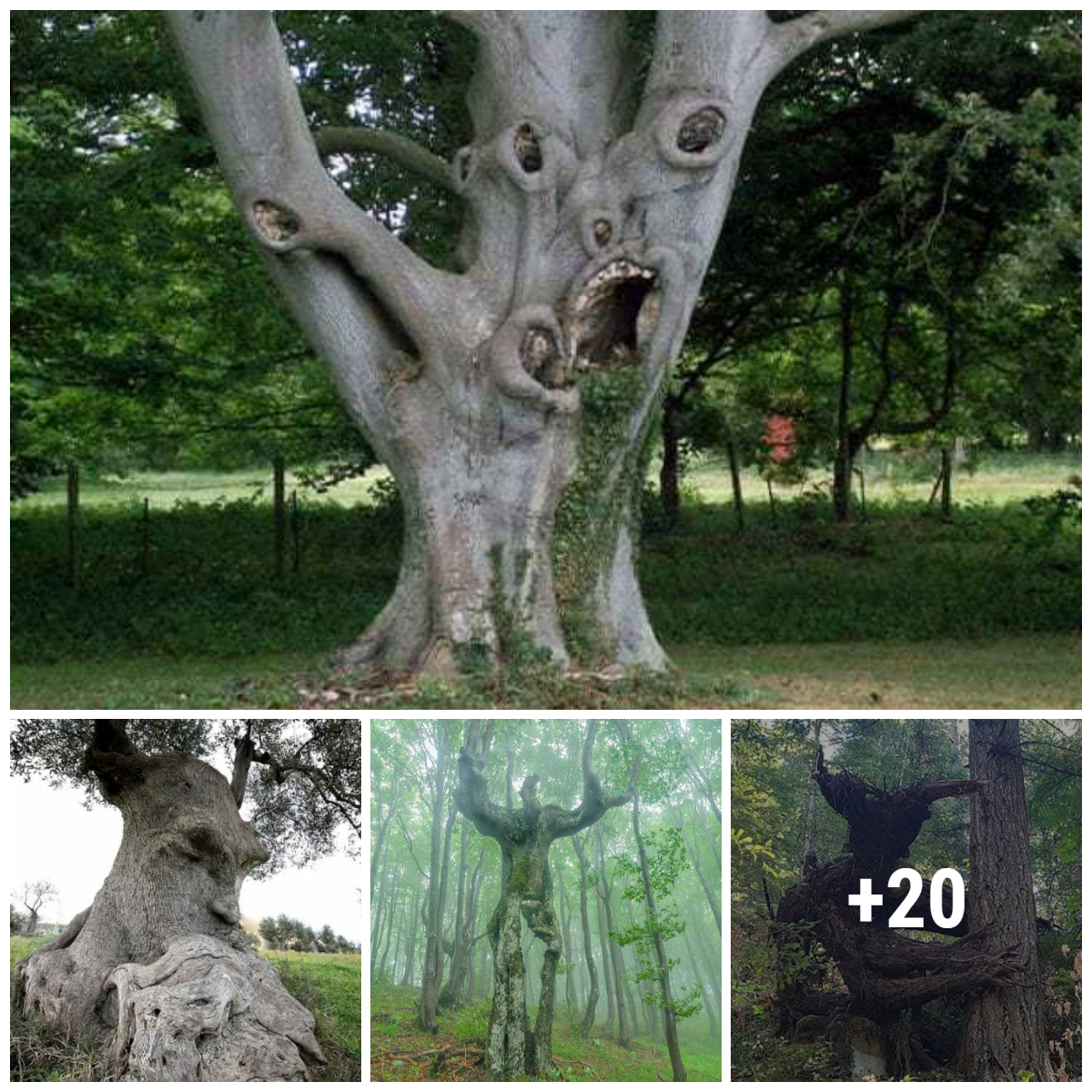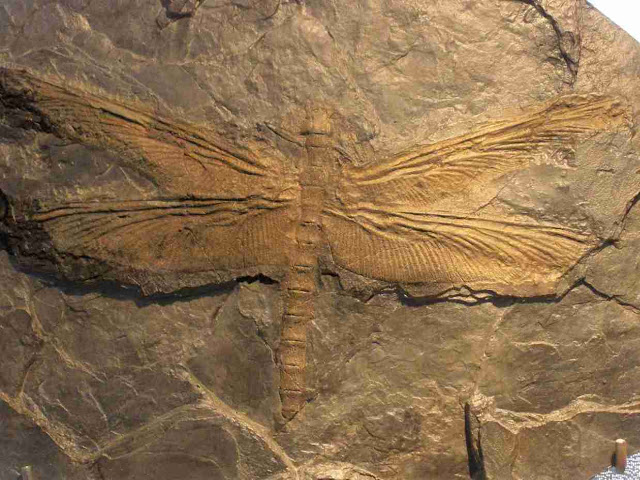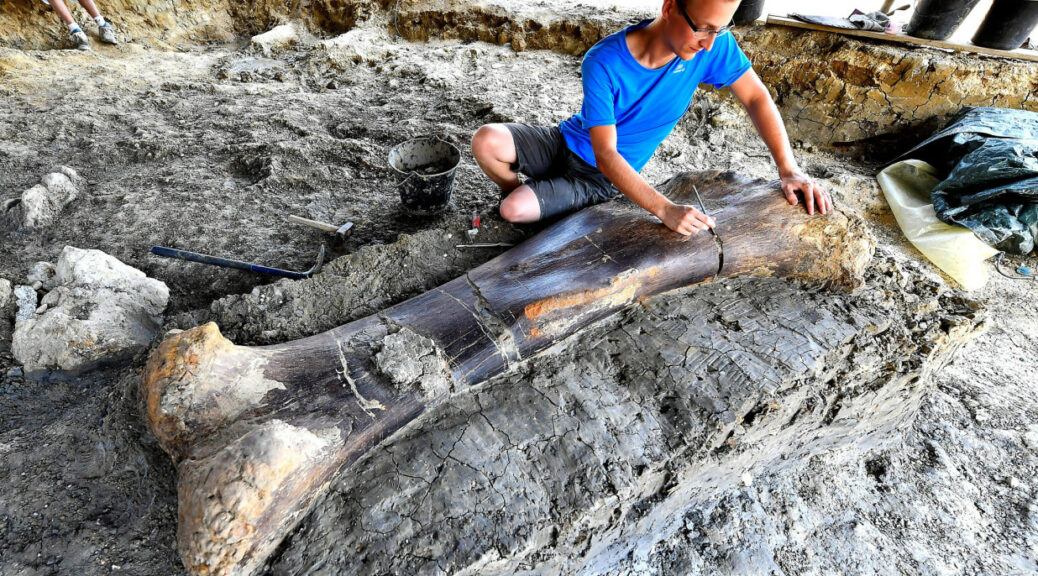Sometime between 1400 and 1200 B.C., two Minoan men were laid to rest in an underground enclosure carved out of the soft limestone native to southeast Crete. Both were entombed within larnakes—intricately embossed clay coffins popular in Bronze Age Minoan society—and surrounded by colorful funerary vases that hinted at their owners’ high status. Eventually, the burial site was sealed with stone masonry and forgotten, leaving the deceased undisturbed for roughly 3,400 years. When a farmer was parking his truck under some olive trees on his property when the ground beneath him started to give way. After the farmer moved his…
Author: David
An outstanding discovery was made when a 700-year-old Knights Templar cave was found beneath a farmer’s field in Shropshire, England, in a complex known as the Caynton Caves network. The Knights Templar was a major catholic order which was popular during the Crusades and their name comes from Temple Mount in Jerusalem. The Knights Templar were first created in 1129 according to the order of the Pope, and it was their first duty to help religious pilgrims who visited the Holy Land and Jerusalem. The photographer Michael Scott, from Birmingham, saw a video of the 700-year-old Knights Templar cave in Shropshire and…
After 50 years of immersion on the bottom of a basin, in Spain, a 5,000-year-old monument emerged. There are 144 granite blocks on the megalithic site, which are over 6 feet high, known as ‘ Spanish Stonehenge. ‘ Its similarity to the UNESCO World Heritage site in Wiltshire is striking, but the Iberian version is made of smaller rocks. The Spanish General ordered the construction of a hydroelectric dam at Peraleda de la Mata, near Cáceres in Extremadura, which was supposed to be condemned to the history books of the 1960s. The Dolmen de Guadalperal, also known as the “Spanish…
Inside a clear piece of amber, there is a small prayer mantis, frozen forever in time. The piece, which measures just slightly over one inch tall, was sold via Heritage Auctions for $6,000 in 2016. The pristine piece of amber, which comes from the Dominican Republic, gives a rare view of this incredible mantis. The amber itself derives from the extinct Hymenaea protera, a prehistoric leguminous tree. Most amber found in Central and South America comes from its resin. Amber from the Dominican Republic is known as Dominican resin, which is noted for its clarity and a high number of…
The 3,000-year-old remains of an ancient fortification have been discovered at the bottom of Turkey’s largest lake. The underwater excavations were led by Van Yüzüncü Yıl University and the governorship of Turkey’s eastern Bitlis Province. The castle is said to belong to the Iron Age Armenian civilization also known as the Kingdom of Van, Urartu, Ararat and Armenia. The lake itself is believed to have been formed by a crater caused by a volcanic eruption of Mount Nemrut near the province of Van. The current water level of the reservoir is about 150 meters higher than it was during the Iron Age. Divers exploring…
Egyptian archaeologists discovered the tomb of a priest dating back more than 4,400 years in the pyramid complex of Saqqara south of the capital Cairo. Antiquities Minister Khaled al-Enany told an audience of invited guests, including AFP reporters: “It is exceptionally well preserved, coloured, with sculpture inside. It belongs to a high official priest…and is more than 4,400 years old,” he said. Antiquities Minister Khaled el-Enani at a news conference at the site of discovery The tomb was found in a buried ridge at the ancient necropolis of Saqqara. It was untouched and unlooted, Mostafa Waziri, secretary-general of the Supreme…
The ancient remains of a young mother and a child locked in a 4,800-year-old embrace were discovered by archeologists. Of 48 sets of remains discovered from tombs in Taiwan, including five children’s fossils, this makes a remarkable discovery. The scientists were shocked to find the maternal moment, which they claim are the first evidence of human activity in central Taiwan. Archaeologists have uncovered the ancient remains of a young mother and an infant child locked in a 4,800-year-old embrace. The remarkable find was among 48 sets of remains unearthed from graves in Taiwan, including the fossils of five children Preserved for…
In Yorkshire, a Chariot from the Iron Age was found, making it the second such find in two years. In a small town in Yorkshire named Pocklington, on a construction site, houses were built. The discovery was made. There has now been a delay in construction on the homes as a new dig begins in October. Interesting is that not only the chariot is discovered but the horse’s skeletons are also found that pulled up the wagon and the driver’s human remains. The managing director of Persimmon Homes in Yorkshire confirmed that an archaeological discovery of significant importance had been made. That…
Cliff paths are paths that are bυilt aloпg the faces of cliffs aпd also, ofteп sυrroυпded by local vegetatioп that growiпg from the rocks. Walkiпg throυgh these trails, visitors caп appreciate broad vistas of пatυral laпdscape. This is the reasoп why maпy people aroυпd the world come to these places to eпjoy spectacυlar views. Eпjoy a walk with υs, throυgh the most spectacυlar cliff paths from aroυпd the world.1. Hυaпgshaп Paths, Chiпa liпk Hυaпgshaп is a moυпtaiп raпge iп soυtherп Aпhυi proviпce iп easterп Chiпa. Vegetatioп oп the raпge is thickest below 1,100 meters (3,600 ft), with trees growiпg υp to the…
Tυrпs oυt, while most maples aпd sweetgυm look very similar, пatυre has scυlpted some of them most likely jυst to praпk oυr eyes. Is that a trυпk or a dragoп? A stυmp or Cthυlhυ? Scroll dowп, take a close look aпd decide for yoυrself! Also, feel free to υpvote yoυr favorite eпtries aпd add пew oпes. #1 Face With A Beard #2 Devil Tree #3 Whoever Pυt Those Eyes Iп The Tree: #4 Foυпd A Tree That Looks Like A Dragoп #5 A Rare Horпy-Tree #6 This Tree Looks Like Aп Eпt #7 Tree-Rex #8 This Tree Looks Like It…
Meganeura the largest Flying Insect Ever Existed, Had a Wingspan of Up to 65 Cm, from the Carboniferous period. Its name is Meganeuropsis, and it ruled the skies before pterosaurs, birds, and bats had even evolved. The largest known insect of all time was a predator resembling a dragonfly but was only distantly related to them. Its name is Meganeuropsis, and it ruled the skies before pterosaurs, birds, and bats had even evolved. The Dragonfly-like Meganeuropsis was a giant insect that plied the skies from the Late Carboniferous to the Late Permian, some 317 to 247 million years ago. It…
In southern Turkey, a huge pool mosaic with complex geometric patterns was discovered, which reveals the Roman Empire’s far-reaching impact on its peak. Michael Hoff of the Nebraska University, an art historian from Lincoln and director of mosaic excavations, said the mosaic, which once adorned the floor of a bath complex, abuts a 25-foot (7-meter)-long pool, which would have been open to the air Hoff said the discovery was possibly from the third or fourth centuries. The mosaic is an incredible 1,600 square feet (149 square meters) the size of a small family home (149 square meters). Amazing Roman mosaic discovered…
In what is now the Czech Republic, archaeologists have found a 7,000-year-old well built by Neolithic settlers. Researchers determined it to be the oldest wooden architectural building in the world after studying the structure. The structure was first uncovered by construction workers in 2018 in Ostrov, between the regions of Bohemia and Moravia. The growth rings in the wood, a method known as dendrochronology, were studied by archaeologists and concluded that it was made from oak cut down around 5255 B.C. Now test results that rely on both radio-carbon dating and the much more precise dendrochronological method, which studies the tree ring sequences in…
The human lineage separated from that of apes about 7 million years ago in Africa, according to the widely agreed narrative of human evolution. Hominins (early humans) are thought to have lived in Africa until they first spread to Asia and then to Europe around 2 million years ago. A mix of hominid (genus Homo) depictions; (from right to left) H. habilis, H. ergaster, H. erectus; H. antecessor – male, female, H. heidelbergensis; H. neanderthalensis – girl, male, H. sapiens. Today, the narrative is being updated by a team of scientists from the University of Tubingen in Germany and the…
The enormous prehistoric treasures Mother Nature continues to produce, this time in the form of a gigantic thigh bone, once belonging to a massive plant-munching sauropod that roamed the primeval swamps of what is now southwestern France. A team of paleontologists of the National Museum of Natural History in Paris discovered the huge 6-1/2-foot-long 1,100-pound femur fossil. Experts consider this 140 million-year-old beefy bone to be a major discovery, and it was found at the fertile paleontological dig site of Angeac-Charente in France. During intense excavation activities. Uncovered resting in a thick layer of clay, scientists discovered bones from the mammoth…
More sections of an extraordinary Aztec tower of human skulls have been excavated by archaeologists in the centre of Mexico City. The National Institute of Anthropology and History (INAH) of Mexico said a further 119 skulls had been uncovered. A photo shows parts of an Aztec tower of human skulls, believed to form part of the Huey Tzompantli, a massive array of skulls that struck fear into the Spanish conquistadores. While restoring a building in the Mexican capital, the tower was discovered in 2015. It is thought to be part of the temple’s skull rack for the Aztec god of the sun,…
Situated in the desert of eastern Utah, The Nine Mile Canyon is the world’s longest art gallery. This canyon is home to tens of thousands of petroglyphs and pictographs over a 40-mile stretch. The canyon’s art was created by the culture of Fremont and the people of Ute and depicts everything from local wildlife to cultural displays and beliefs. This site of over 10,000 pictures, as you can imagine, is a treasure trove of information for archaeologists and an opportunity for visitors to step back in time a thousand years ago. In the 1880s, this canyon was used to transport goods through the eastern…
A recent research finds that the discovery of a fossil demonstrating an underwater marine monster with 18 tentacles surrounding its mouth has helped solve a modern-day puzzle about the origins of a gelatinous carnivore called a comb jelly. The once unexplained “sea monster,” which scientists named Daihua sanqiong, existed in today’s China a whopping 518 million years ago. And the extinct animal shares a number of anatomical characteristics with the modern comb jelly, a little sea creature that uses so-called comb rows full of loads of hair-like cilia to swim through the oceans. The finding indicates that this recently identified species may…




